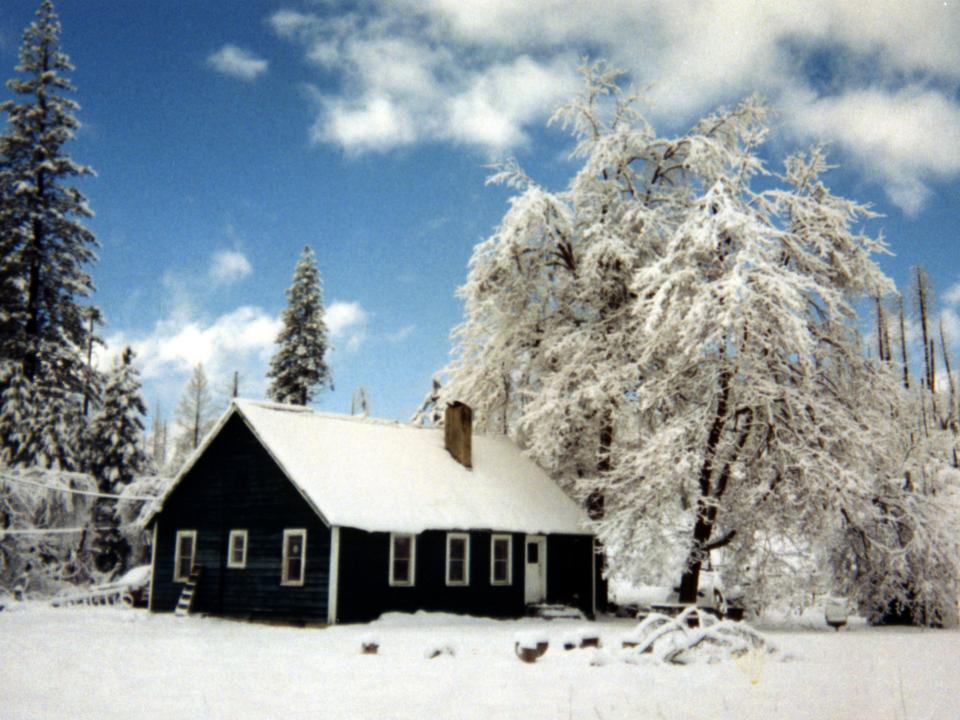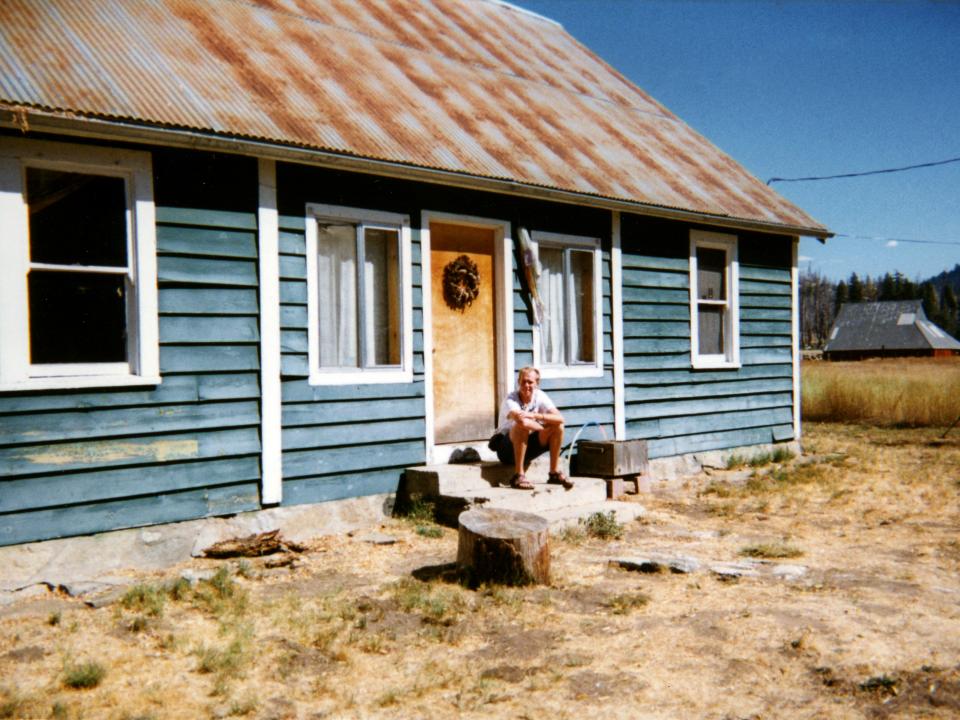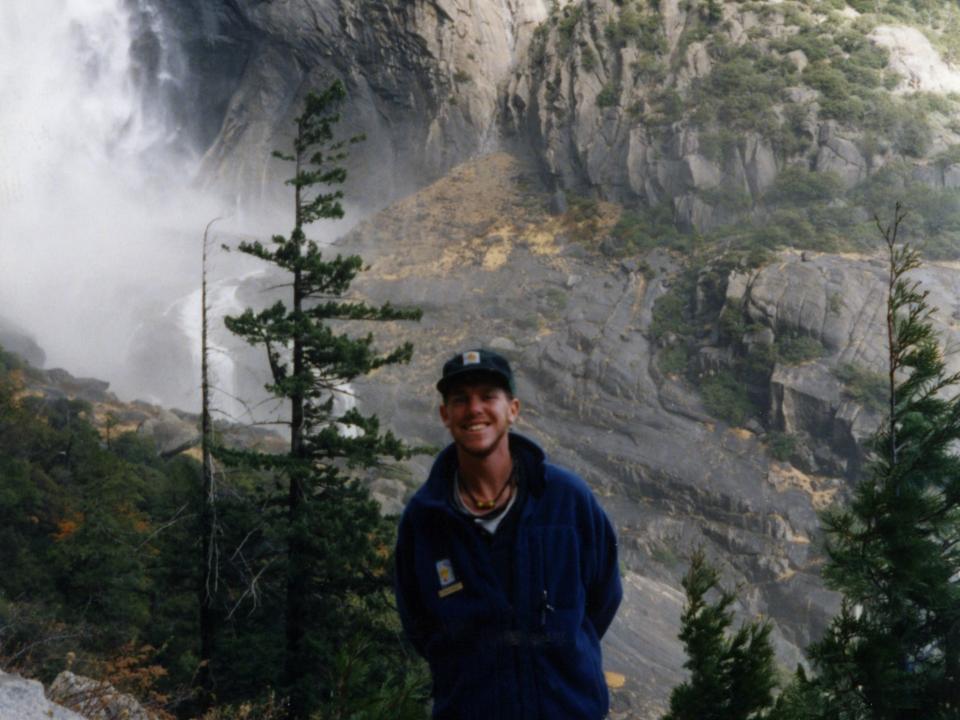The 1997 Yosemite Flood
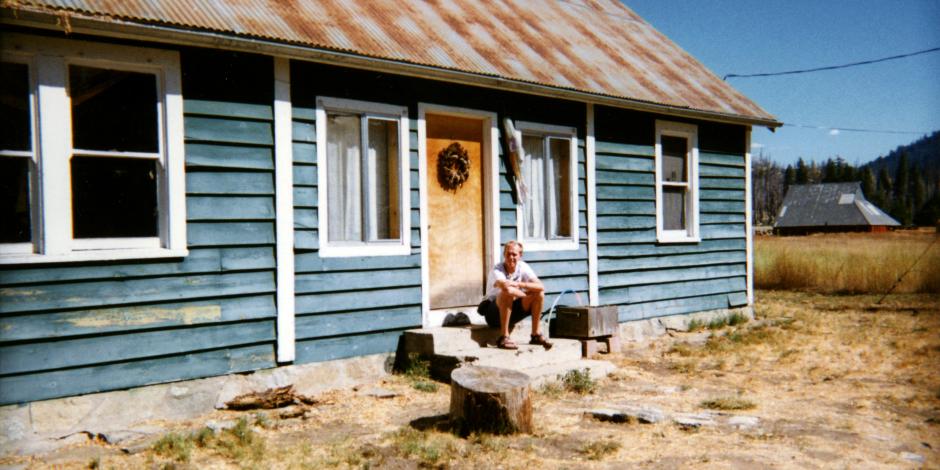
At the end of 1996, weeks of cold rain in California’s Sierra Nevada mountains gave way to warm, tropical rainfall. Unusual for that time of year, the warm, heavy rains melted the snowpacks, which began to run down the mountain into the valleys below, including Yosemite Valley.
“It was just pouring rain in the park,” says Jason Morris, Senior Program Officer at the Pisces Foundation. “My friends and I got to the entrance station and they said Yosemite was closed. We were like, ‘Wait a minute, we live here.’ And the ranger said that since we lived there we could come in, but the waters were starting to rise.”
This was January 2, 1997. Jason was a NatureBridge (then Yosemite Institute) educator at the time, living and working in the park since 1996. He had spent the holidays in Colorado and was returning for a new season of programming.
“I had no idea what Yosemite really was until I started working at NatureBridge. I’d only visited California once in my life. Even the most perfect Ansel Adams photo cannot capture the grandeur of Yosemite Valley,” says Jason.
That grandeur was nearly impossible to see when Jason arrived amidst torrential rains. Despite the potential flooding, he and his fellow NatureBridge educators were allowed into the park. Jason made his way to the Green House, what he calls, “one of the more charismatic houses in the history of houses.” The rustic cabin was perched atop the several-hundred-acre Big Meadow and had three bedrooms and no running water.
“It was heaven on Earth,” says Jason. “The people who wanted to live at the Green House, like me...that lifestyle wasn’t a negative or a neutral thing. It was a positive.”
With that perspective, perhaps it was unsurprising that Jason headed up to the Green House to brave the storm. He sloshed through a rising creek, made it into his no-frills Yosemite home and stayed the night alone. The onslaught of rain continued.
Miles away, Mark Prager was getting excited for his class’s upcoming NatureBridge experience in Yosemite, just days away. Mark was a senior at Miramonte High School in Orinda, and several dozen classmates and he were preparing for the three-hour bus trip up to the park.
“We knew it was a heavy rain year, but didn’t think much of it,” says Mark. “Then we got word they closed the park, and we were like...what does this mean?”
National Park Service (NPS) officials did not close the park out of an abundance of caution; they closed Yosemite because one million gallons of water was pouring into the valley.
Every five seconds.
“When you hear that Yosemite is flooded, you really don't comprehend what that means,” says Mark.
Jason didn’t understand the gravity of the situation either at first. His mother called to let him know what she had seen on the news: that the park was being evacuated.
“Sure, it’s raining and yeah, there’s a flood, but evacuation?” says Jason. “I had no idea.”
Just a few minutes later, he heard the sound of military helicopters flying into Yosemite Valley. The convoy of helicopters and other military vehicles ended up evacuating close to 900 visitors in the first few days of the new year. Jason was not among them.
“I just hunkered down,” he says. “Next day, it finally stopped raining. And those of us staff members who stuck it out just started walking around. That’s when we realized this wasn’t your casual mountain flood; this was really a big deal.”
Jason and the other NatureBridge educators traveled into the valley and what they found was unprecedented in at least a generation: the Merced River had crested far beyond its banks and wiped out roads, trees, fences and nearly everything else in its path.
It became clear that the park would not be open for some time. Mark’s NatureBridge trip was postponed by two weeks, then two weeks further. Eventually, a new plan came into place.
“Yeah, I think initially, we were pretty disappointed,” says Mark. “My sister had talked about her experiences cross country skiing at Crane Flat, going through the spider caves and the snow cone at Yosemite Falls. I’d been looking forward to going to all those places.”
Through creative ideation and collaboration, an alternative was offered to schools who’d been washed out of going to Yosemite: fly students up to Washington state and bus out to Olympic National Park for a substitute programming experience. As in all things logistical, this was easier said than done.
Olympic National Park was the location of NatureBridge’s Washington state campus (then Olympic Park Institute, or OPI), and held its own unique programs, but not during the winter. The campus was closed. NatureBridge's past President and CEO Ty Cobb called Maitland Peet, who headed up OPI, and they worked together along with many others to open the campus and offer the alternative to a handful of schools.
“I don't think I'd ever heard of Olympic National Park, and I don't think most of my classmates had either,” says Mark. “But the ability to have any park fill in for Yosemite was very exciting for us.”
Mark’s school was one of several that took advantage of the opportunity and decided to fly their students up to Washington.
“It was a totally different experience. We got out of the airport and all of a sudden our bus was getting onto a boat. I’d never been on a ferry that could carry cars. Like, what is this?” he laughs.
From plane to bus to ferry, Mark’s school group traveled from Orinda, California to the temperate rainforest, craggy coastline and pristine, alpine air of Olympic National Park. After spending some time in the camp cabins, they were able to explore via programming that was amended to accommodate the cold weather and wintry conditions.
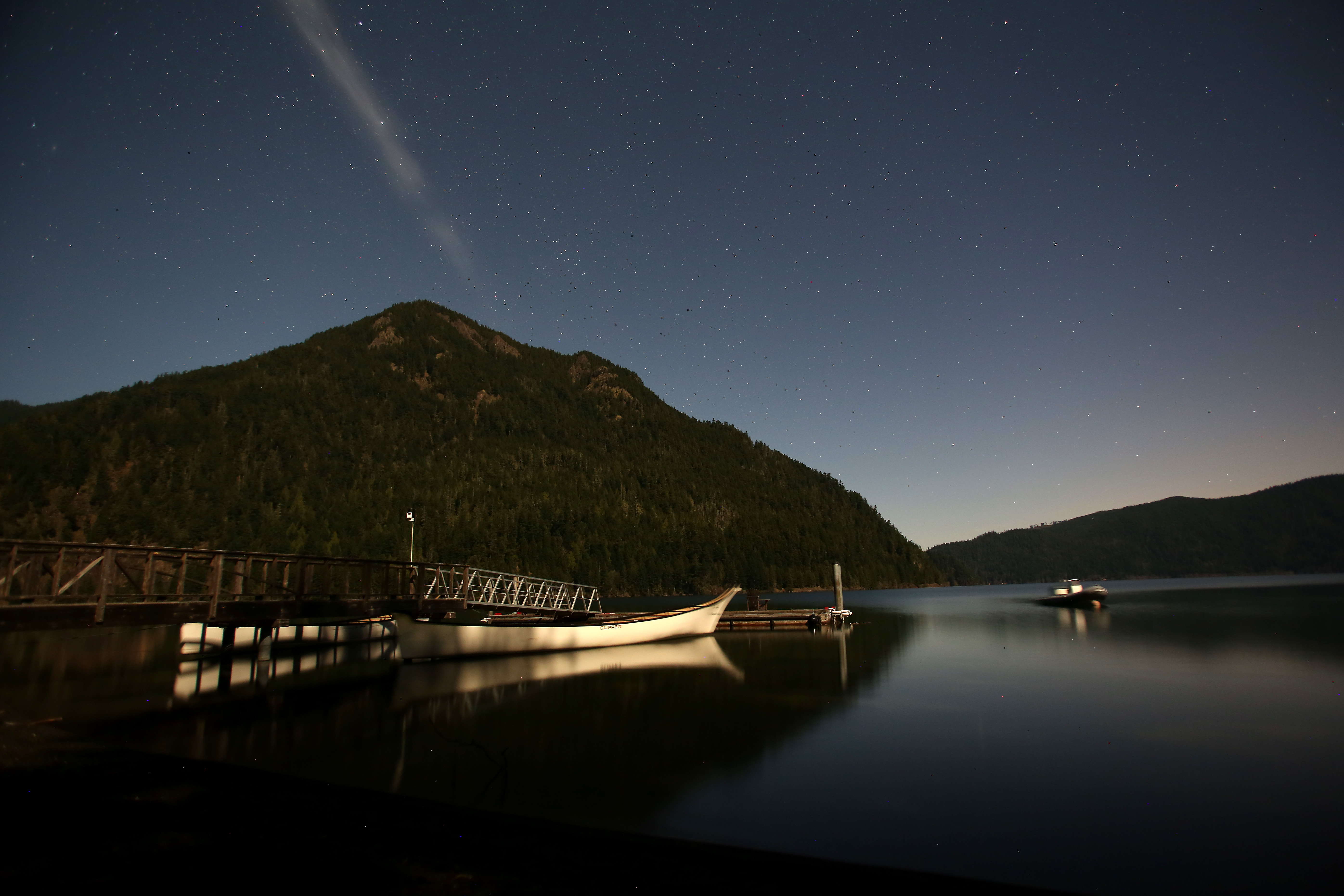
“We did some high elevation exploration up in the snow. Then we went over to the coast and we learned some really interesting things about the Native American tribes, which have a completely different culture than the rest of the country,” says Mark.
“It was beautiful, I’d recommend Olympic to anybody.”
Having life with some risk in it is really important for kids to understand and if you embrace it, it’s a growth opportunity for kids and adults alike.Jason Morris
The ability to be decisive and creative was key in allowing Mark’s class to travel to Olympic in a moment’s notice. As Ty Cobb explained in this recent blog post, creativity and collaboration between the Yosemite and Olympic campuses made it possible. For Mark and many others, the experience vastly exceeded expectations. In fact, Miramonte High School’s experience was so positive that the school continues to send its students up to Olympic National Park each year.
In that same piece, Ty mentions how important resilient people are to an organization. Jason’s reaction post-flood highlights this idea. In the days after the downpour, flood and evacuations, word came down to Jason and his fellow educators that staff training the following day was canceled.
“Okay, since we're the only ones allowed in this entire national park, we're going to go explore what the flood did,” says Jason. “So we spent two or three days hiking around, checking this stuff out before the park was actually shut down.”
Yosemite did shut down a few days later and wouldn’t partially reopen until March 15, 1997 — the longest closure in the park’s history at the time. The flood caused $178 million in damages. NatureBridge was forced to lay off staff in Yosemite while the NPS focused on restoring the park’s infrastructure.
“The organization was amazing at utilizing its network to help people who wanted or needed to work find positions,” says Jason.
Natural phenomena are a way of life when you work in—and sometimes simply visit—national parks. Fires, floods, mudslides, blizzards; to continually put yourself in the outdoors is to be resilient.
Mark Prager hasn’t been back to Olympic National Park since his initial visit in 1997, but he has consistently put himself in the outdoors by visiting almost 25% of the country’s national parks in just the past few years.
“The day I got engaged, we went to Pinnacles....I’ve recently been to Dry Tortugas, Everglades, White Sands and just came back from Grand Tetons and Yellowstone,” he says. “I don’t know if I’ll get to all 59 — American Samoa is pretty far out there — but they’re national parks for a reason. It’s a pretty good bet they’ll be incredible.”
Jason went on to become Executive Vice President at NatureBridge from 2005 to 2015, overseeing its residential programs across the country. He spent many nights in Yosemite — though after a few years, far fewer in the Green House — being prepared for potential floods, fires and more.
“It was the number one thing that kept me up at night, there's no question about it. If there's an acute difference between the job I have now and my entire time working in NatureBridge, it's not having the shared responsibility for the safety of students,” he says.
True to form for a person who chose to hunker down during the catastrophic flooding of 1997, the rewards far outweighed the handful of sleepless nights.
“Having life with some risk in it is really important for kids to understand and if you embrace it, it’s a growth opportunity for kids and adults alike,” says Jason.
“I wouldn't trade those experiences for anything.”
